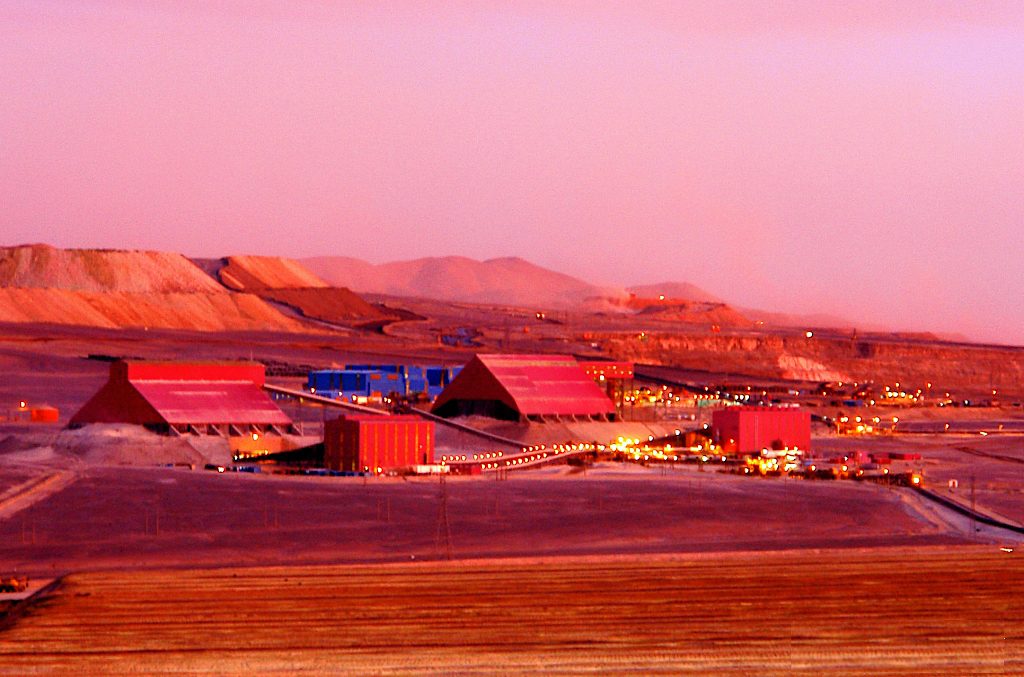
The world’s largest copper producer, Chile’s Codelco, has issued in New York 10-year dollar-denominated bonds to secure funding for its multibillion-dollar upgrade projects and refinance debt.
The state-owned copper giant has also reopened a 30-year bond placement issued last year as part of a fresh funding strategy that includes taking out loans and selling non-structural assets.
Issuing long-term debt should allow Codelco refinance its short- and medium-term debt.
“A favourable debt market, with rates at historically low levels, makes it attractive to pre-finance our cash needs of 2021,” Codelco’s vice president of administration and finance, Alejandro Rivera, said in the statement.
The company’s objective is to secure financing for its sprawling 10-year, $40 billion mines overhaul as many of its aging operations have been dogged by declining ore grades and increasing costs.
Codelco has already kicked off one of its most ambitious plans — the $5.6 billion conversion of the giant Chuquicamata open pit mine into an underground operation.
The next major mine overhaul is a $5.5 billion new level at El Teniente underground mine, the company’s largest, which fell under chief executive Octavio Araneda’s mandate in his previous role of vice-president of operations at the company’s central and southern divisions.

In the copper giant’s pipeline of so-called structural projects are also a $1.3 billion expansion at the Andina mine, a $1 billion upgrade at Salvador and the expansion of Radomiro Tomic, which doesn’t have an estimated capital expenditure yet.
This is the fourth time since 2017 that Codelco issues long-term debt to refinance its short- and medium-term debt as the sector continues to face low copper prices.
The company, which produces nearly 10% of the world’s copper, returns all its profits to the state and is funded by a mix of capitalization and debt.

